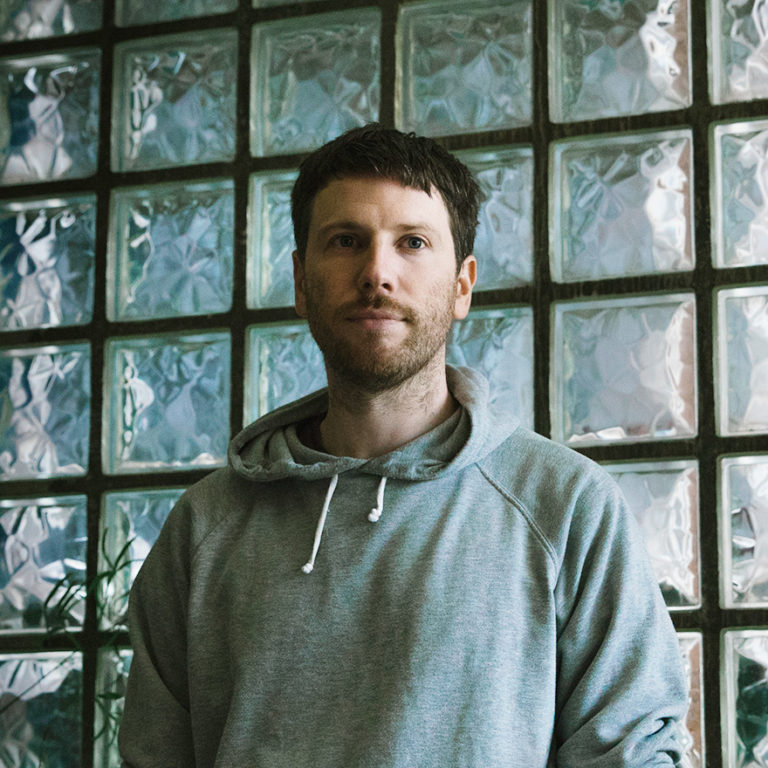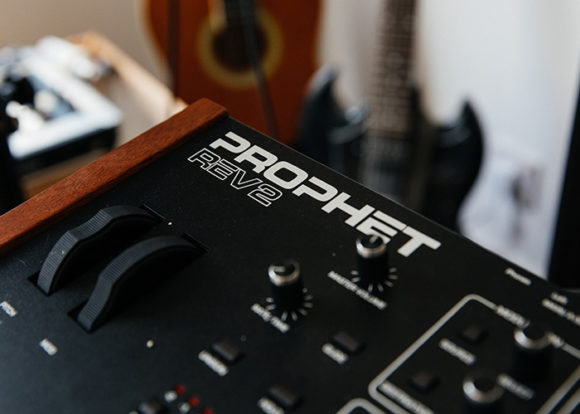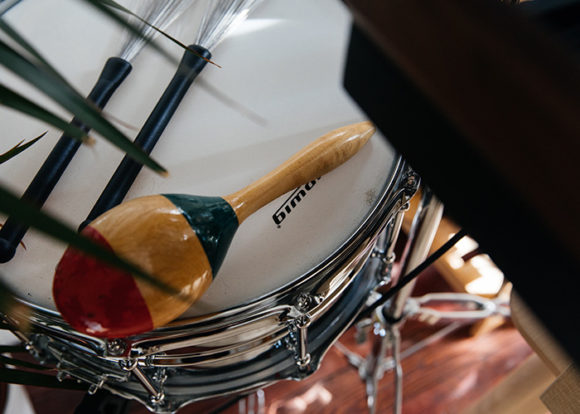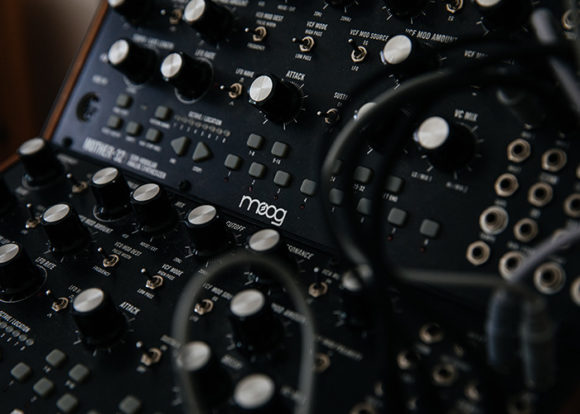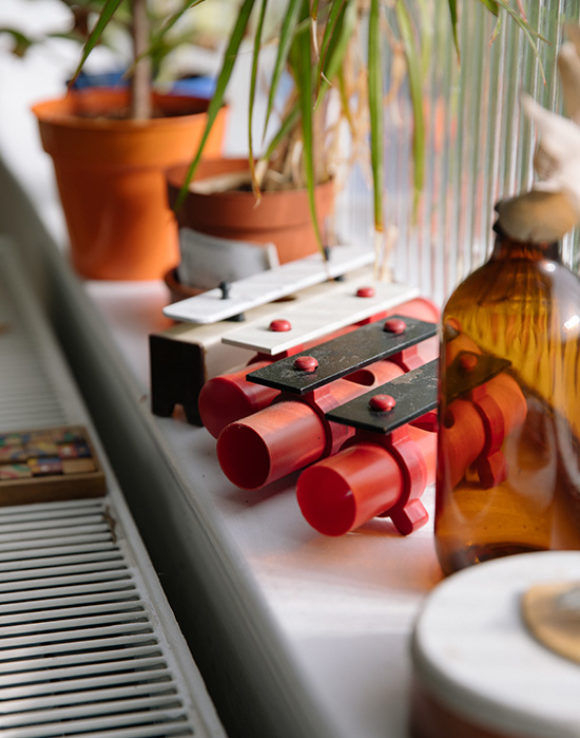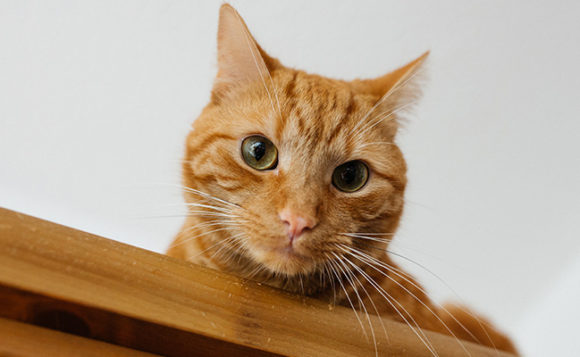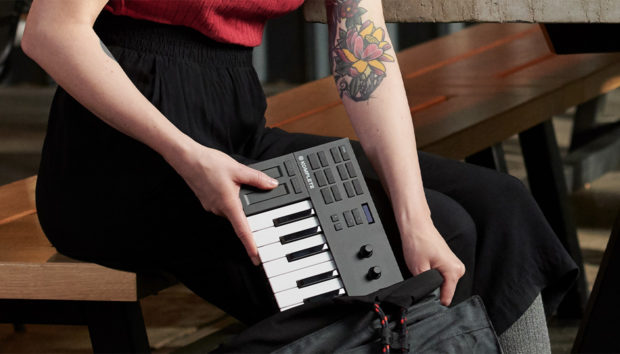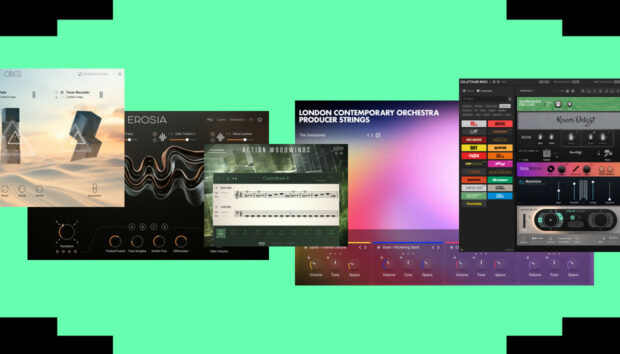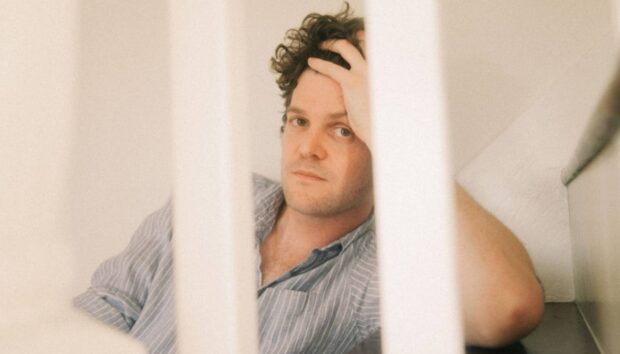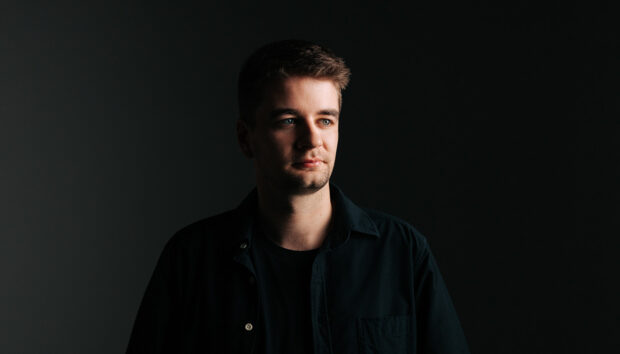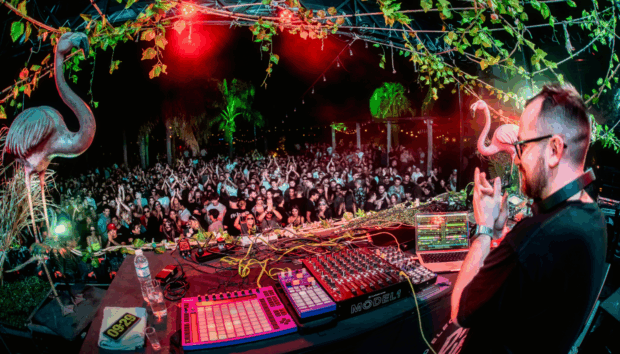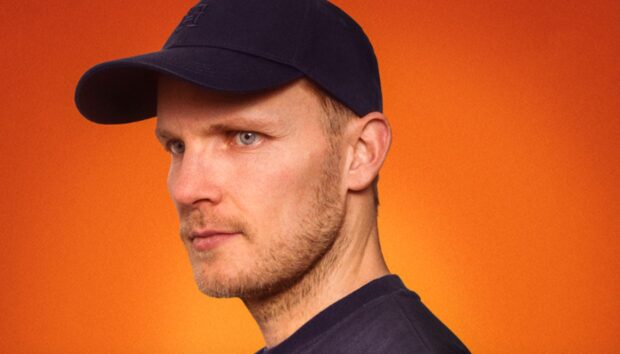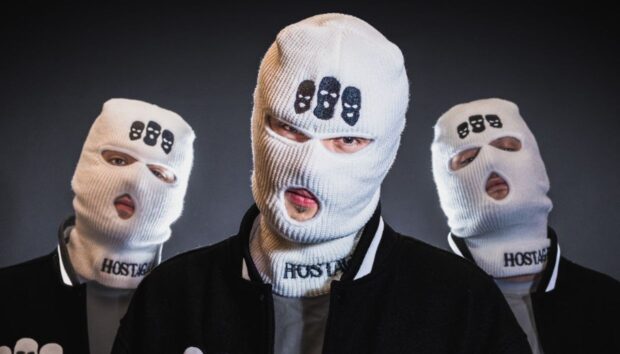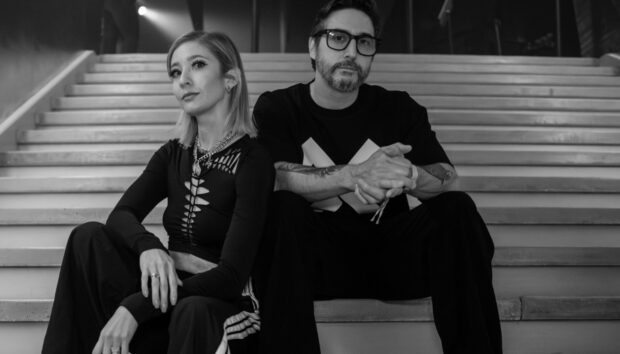London-based producer Ryan Lee West, better known as Rival Consoles, has unearthed a sound that’s informed in equal parts by his love of acoustic and electronic instruments. Unlike many artists in the electronic music sphere, West often sketches his ideas on guitar and piano, in an attempt to capture something of a more organic, analog approach to songwriting. The results are nearly always lush and expansive, and often melancholic without being crushingly so.
West has been releasing music as Rival Consoles since his EP The Descendent first came out in 2007, on Erased Tapes; he was the label’s very first signing, in fact, and a CDR of his early demos (under the name artist name Aparatec) inspired founder Robert Raths to start the label.
Having previously toured with the likes of Clark, Nosaj Thing, and Luke Abbott, West is currently headlining his own world tour in support of his LP Persona, released earlier this year. Native Instruments caught up with the producer to talk about his practice, both onstage and in the studio.
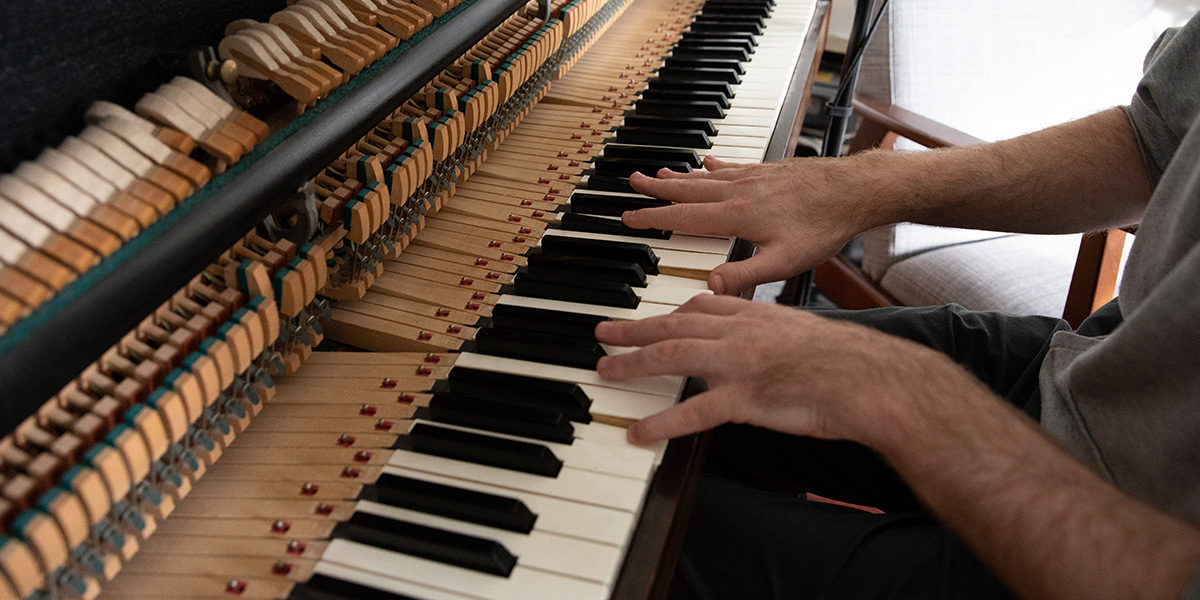
What are your go-to studio tools these days, in terms of both hardware and software?
I’ve been slowly building up a selection of analogue synths and hardware for the past few years. Very recently I got an ARP Odyssey, which is amazing! The Korg Minilogue was used a lot on the Persona tracks, [including] ‘Be Kind’, ‘Persona’, and ‘Sun’s Abandon’. The [Arturia] Matrixbrute and three Moog Mother 32s as well, all of which are very musical and already compliment my sound.
I’ve very recently been loving the [NI] PASSIVE EQ, which is so musical, and I seem to be using that on everything lately — in particular for boosting around the 2 – 3k mark, which really makes sounds come forward in the mix in a way that other EQs do not.
I’ve also used well-known [NI] classics like TRANSIENT MASTER, which is useful for me, because I like to take purposely muddy/dark/lo-fi sounding drums, and then force them to be a bit more attack/punch heavy; rather than just starting with a perfectly punchy kick, I prefer to have character, and this is one way of doing that.
I used MONARK on Persona in places for very powerful but not foreground bass tones; I’m very specific about how bass shouldn’t be too upfront in the mix, but yeah still very heavy.
I also used the RC24 reverb quite a lot in Persona — a very musical, invisible reverb, which I used on ‘Dreamer’s Wake’ for example. I tend to use several different reverbs in a piece of music, to push sounds around with different qualities, which can be dangerous for mix clarity but also can make it more otherworldly.
The final stretch of “finishing” songs is always tricky business, particularly when working with non-traditional song structures, as you often tend to do. Can you talk a bit about what that process looks like for you?
Yes — I kind of lose my mind at this stage, especially when it’s a large format like an album, because I struggle to hold all the things I need to do in my head at once.
Firstly, there’s always a long list of essentials: mainly, hundreds of small changes to EQ and volume automation, so that everything sits together better, or builds when it should build. I really want music to move and shift so that it feels real. As opposed to some dance music that seems to want to maintain power throughout, I try to shape the music so it goes through weak and then strong movements, more like a band does.
I do tend to have lots of lo-fi/dark sounds in the mix, which by the end can cause problems, so I usually spend a lot of time brightening these or controlling them more so that the mix doesn’t sound too disrupted. But at the same time, I never want a mix to sound too polished, because I find that often sounds technically good but rarely expressive, or at least lacks something to my mind.
I also record parts right until the very, very end. I’ll often record small phrases of a synth to bridge things, or to mask a weakness. It could be just a few notes or a chord that swells in volume etc. These are often done in a few minutes, and can end up giving the music a more lively quality.
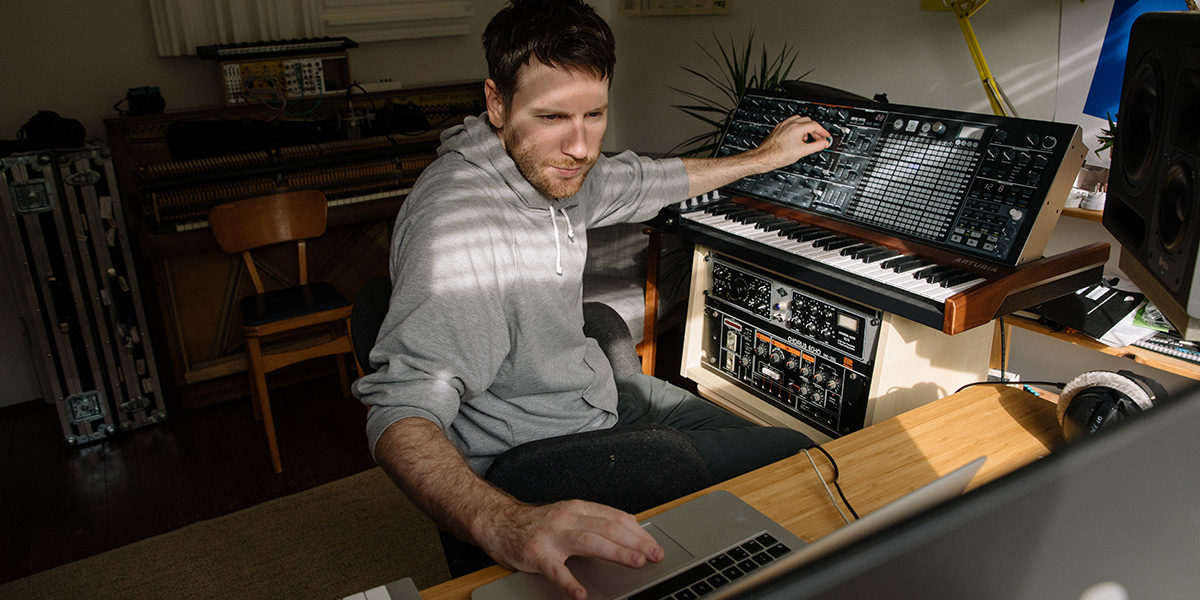
Your compositions are quite dense with atmosphere, and sound as if they’ve been labored over quite a bit in the studio. How do you translate that density and layering to live performance? Do you choose particular parts to perform live when the songs are finished and you’re ready to tour, or is live performance something you think about in the studio while composing the songs?
Actually, they aren’t really that layered; I think I try for each sound to have a lot of character, so that it creates the illusion of many layers. In most tracks the through line is some kind of Prophet ‘08 melodic/harmonic sequence played in live through pedals, so already the sound has some movement. This makes it easy to then recreate things live, because I simply take the exact same setup with me.
Live, I tend to constantly improvise around the main melodic parts, ranging from soft phrases to more extreme waves of delayed-out feedback, in key with the music. The playback is split up in a way that there’s freedom to build huge transitions between ideas, though I tend to only do a few large transitions per set so it doesn’t become a standard and remains more special.
Can you talk a bit about how your live AV show came together, both conceptually and technically? Do you have the visual component running on a separate laptop for the live show? How has all this been going in practice on this current tour?
The live visuals are something I programmed in Max/MSP/Jitter, which I originally created for an installation/performance at the V&A Museum [in London]. The interesting thing about the visual tool is that I made it to be performed completely live — there are no cue or sync points. If I perform music for one hour, the visuals are also performed live for one hour in a very improvised way. This has definitely been a big success, as every gig there are several people who comment on this in a positive way, so we’re in the process of developing it alongside a lighting rig we’ve just created.
Finally, in this age of Brexit and what feels like widespread global turmoil, have you noticed either your music — or even just your mindset while composing music — having changed significantly? Do you ever struggle with the “what’s the point of all this?” question, and if so how do you reconcile that?
I think as everyone gets older they become more absorbed into politics, but until now I haven’t specifically had it reflect in my music, as my music is more about being human on an emotional basic level. I’m not informed enough to want to portray my opinion on politics, so I would feel it to be too egotistical.
I do often wonder if it’s too selfish to make music or art in general, against the madness of the world — which I think is a common question throughout the ages — but then at the same time you imagine people in bad situations needing it to exist as a beacon of hope. Music for me is a kind of therapy, so I think on that basis alone, if it helps me it can help others, and that is a very important thing.
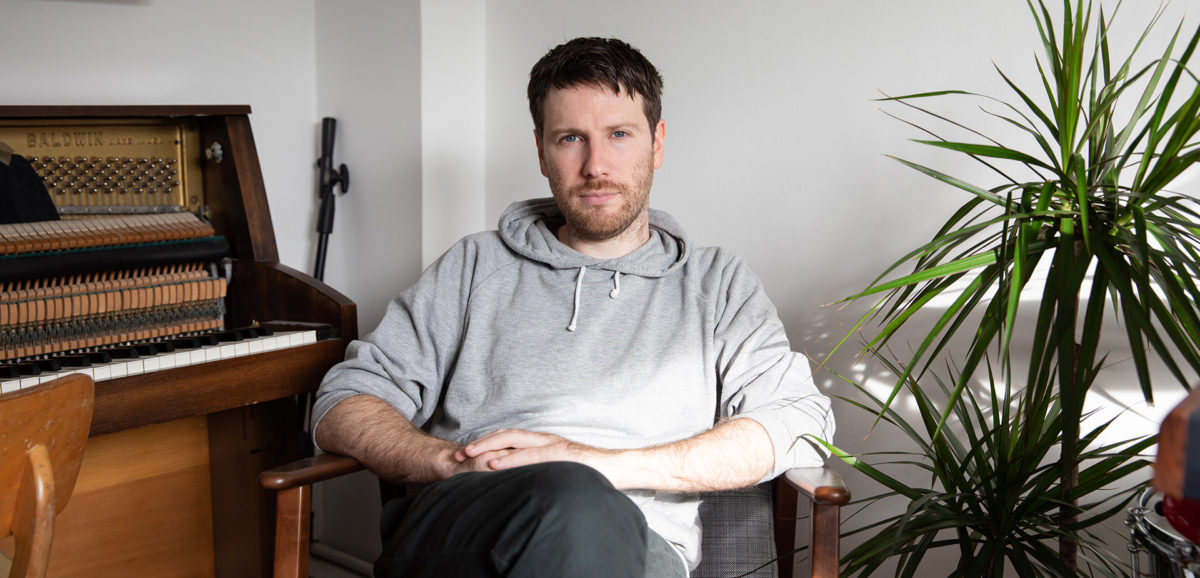
photo credits: Katie Palmer








